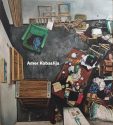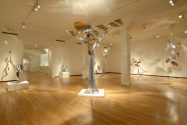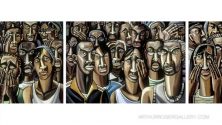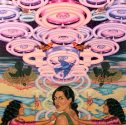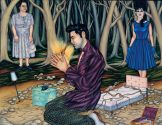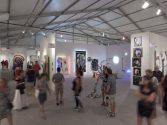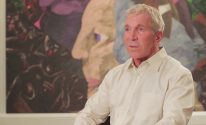Amer Kobaslija
A comprehensive monograph on the life and work of Amer Kobaslija, 126 fully illustrated pages in hardcover with essays by Michael Amy, Edward M. Gomez, and Patterson Sims. The books examines all of the artist’s different bodies of work, including: his paintings of the aftermath of the 2011 earthquake and tsunami in Japan, for which he won a 2013 Guggenheim Fellowship; his ongoing series depicting artist studios; and his recent paintings of Florida’s everglades.

